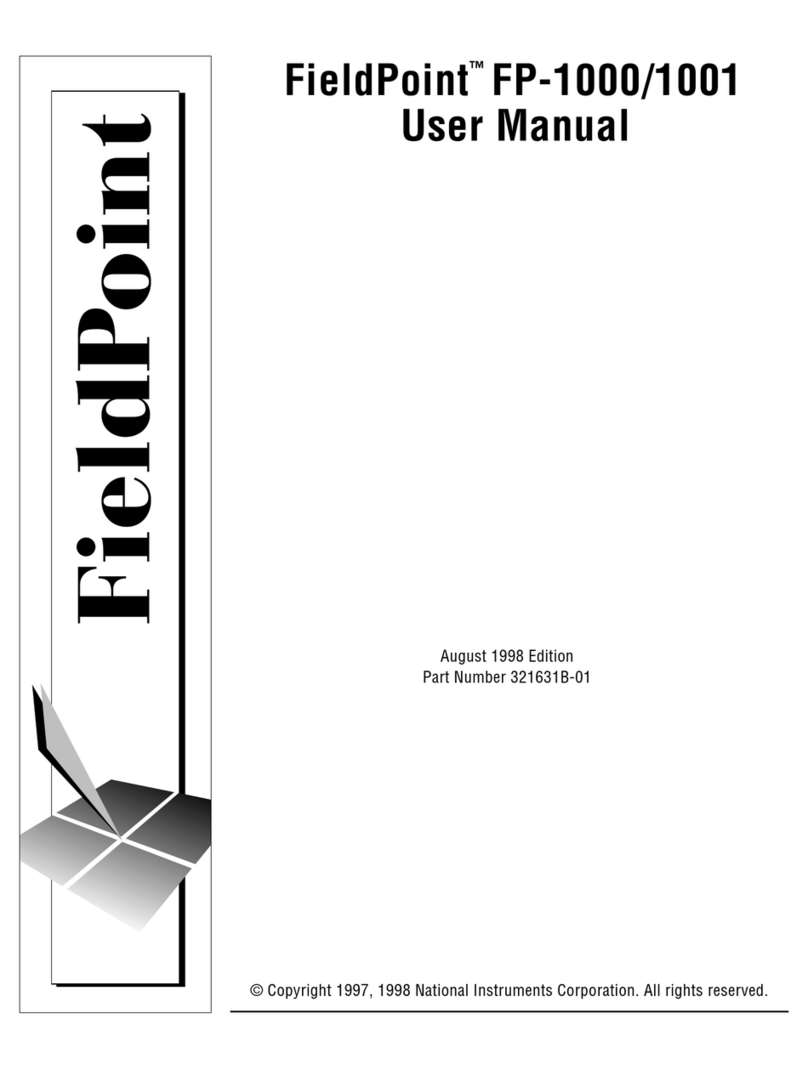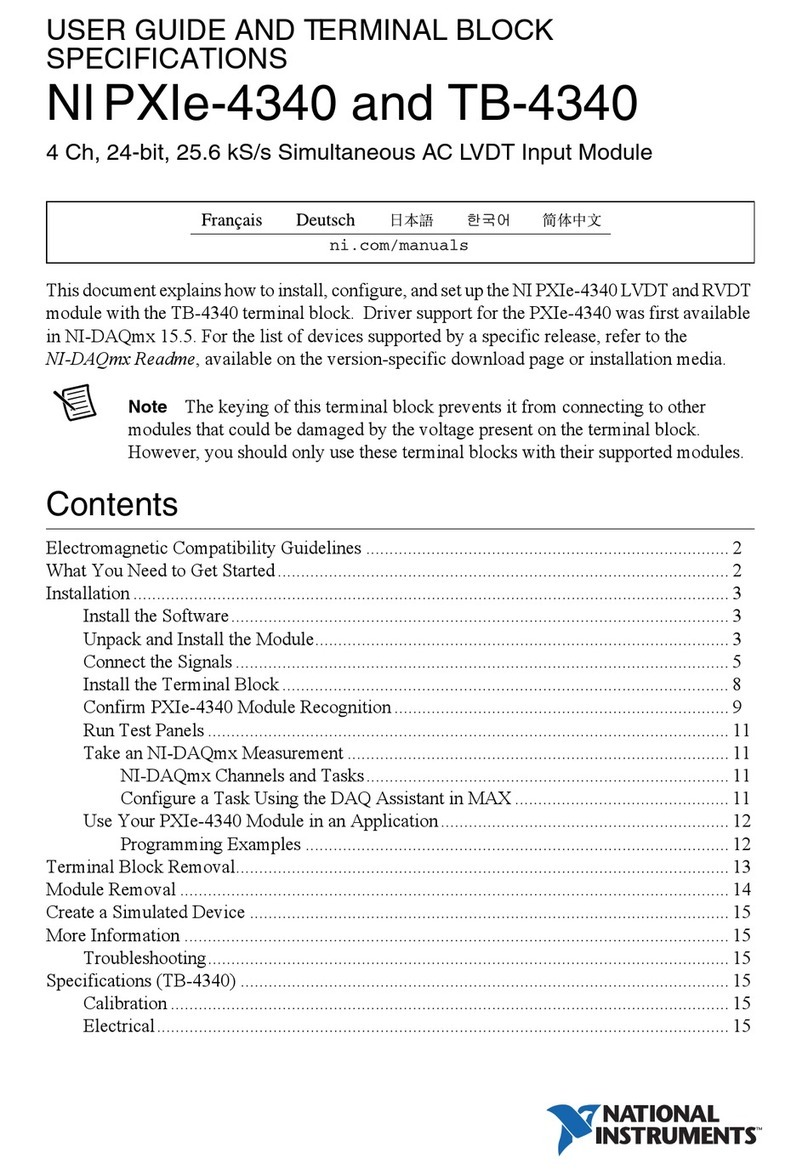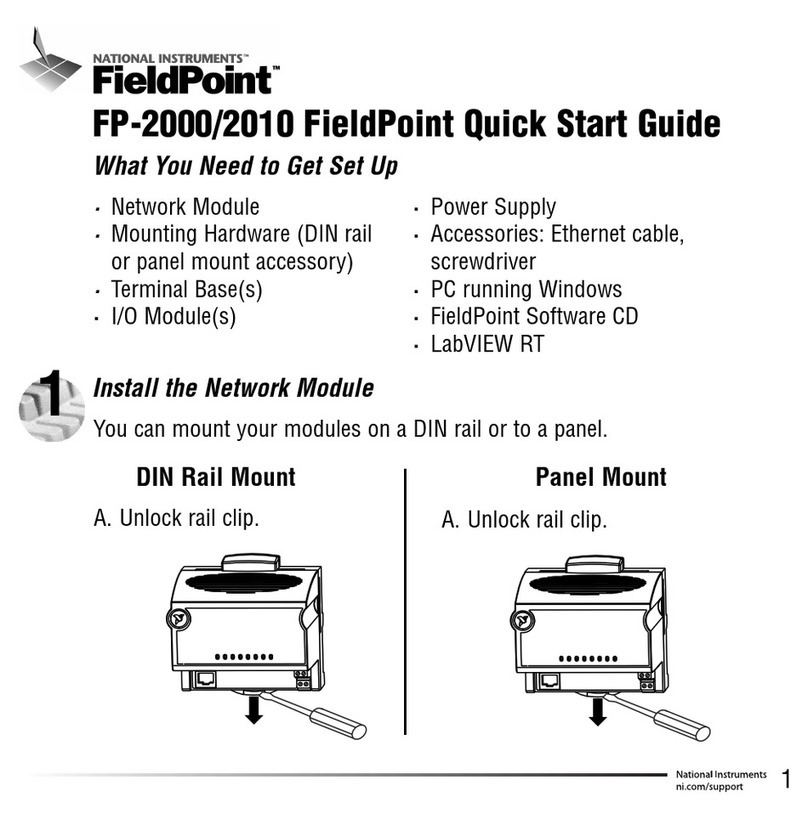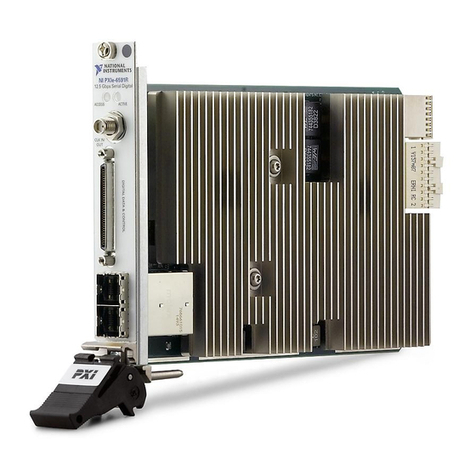National Instruments LabVIEW Robotics Module User manual
Other National Instruments Control Unit manuals
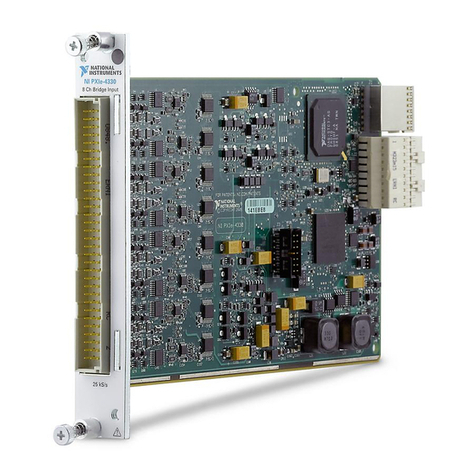
National Instruments
National Instruments SC Express PXIe-4330 Manual
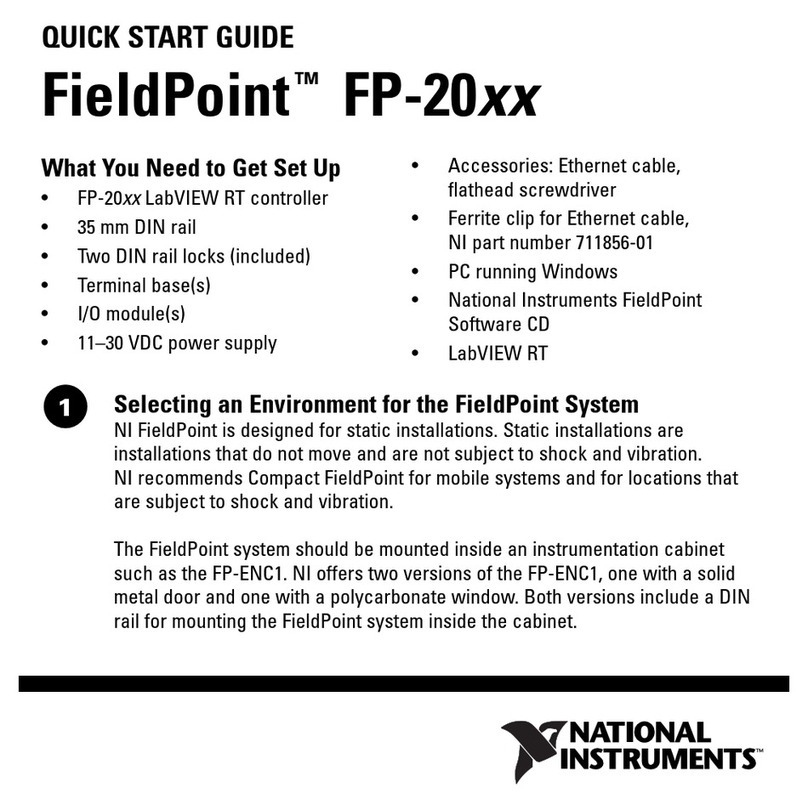
National Instruments
National Instruments FieldPoint FP-20 Series User manual
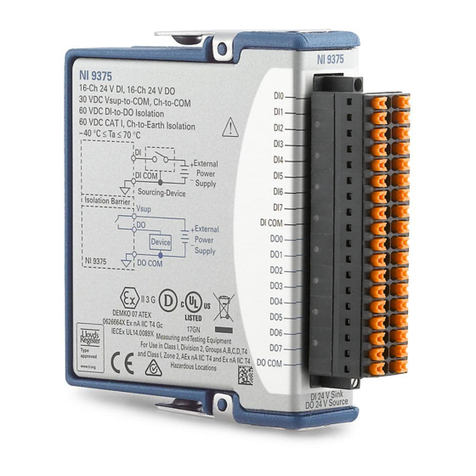
National Instruments
National Instruments NI 9375 User manual
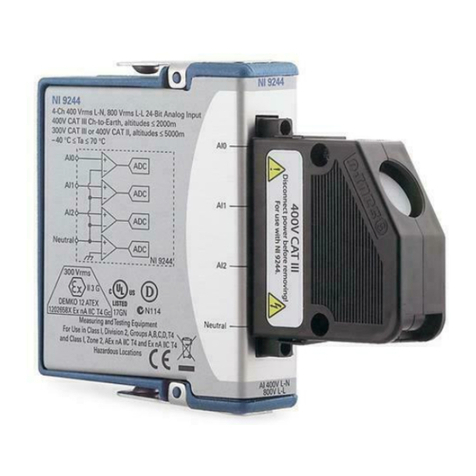
National Instruments
National Instruments NI-9244 User manual
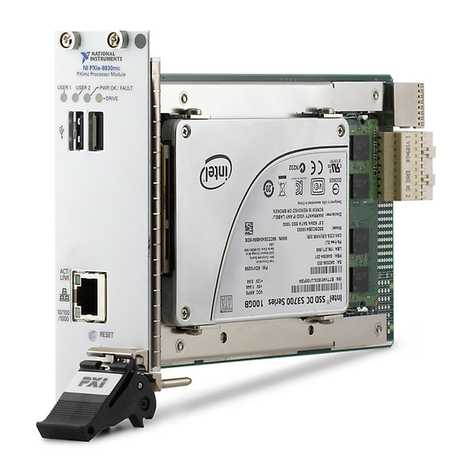
National Instruments
National Instruments PXIe-8830mc User manual
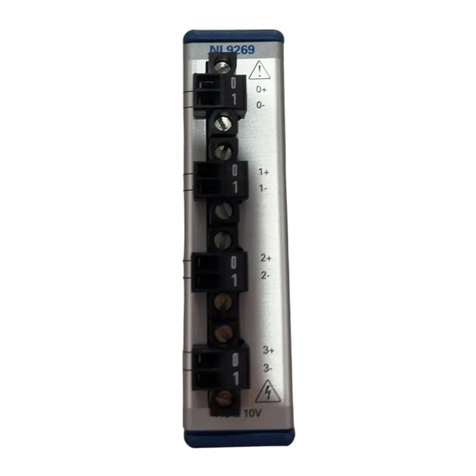
National Instruments
National Instruments NI 9269 User manual
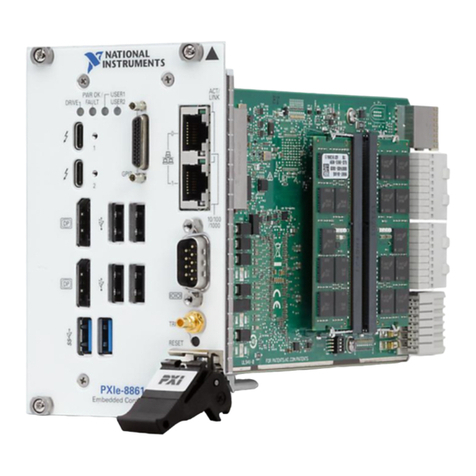
National Instruments
National Instruments PXIe-8861 User manual
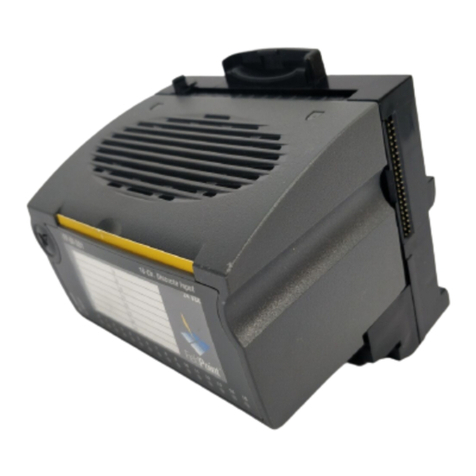
National Instruments
National Instruments FieldPoint FP-DI-301 User manual
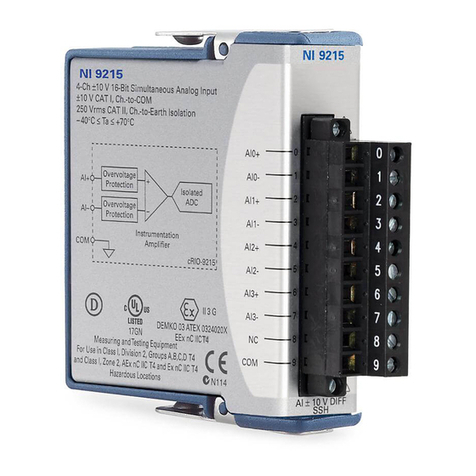
National Instruments
National Instruments NI 9215 Manual
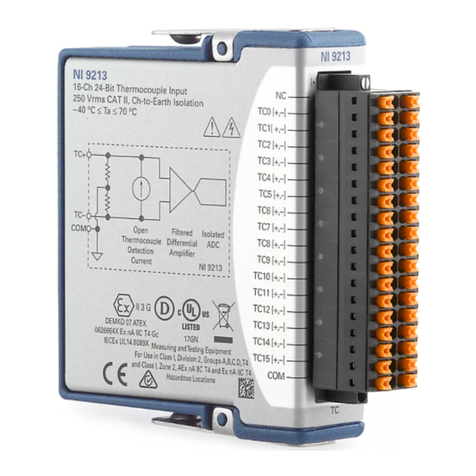
National Instruments
National Instruments NI 9213 User manual
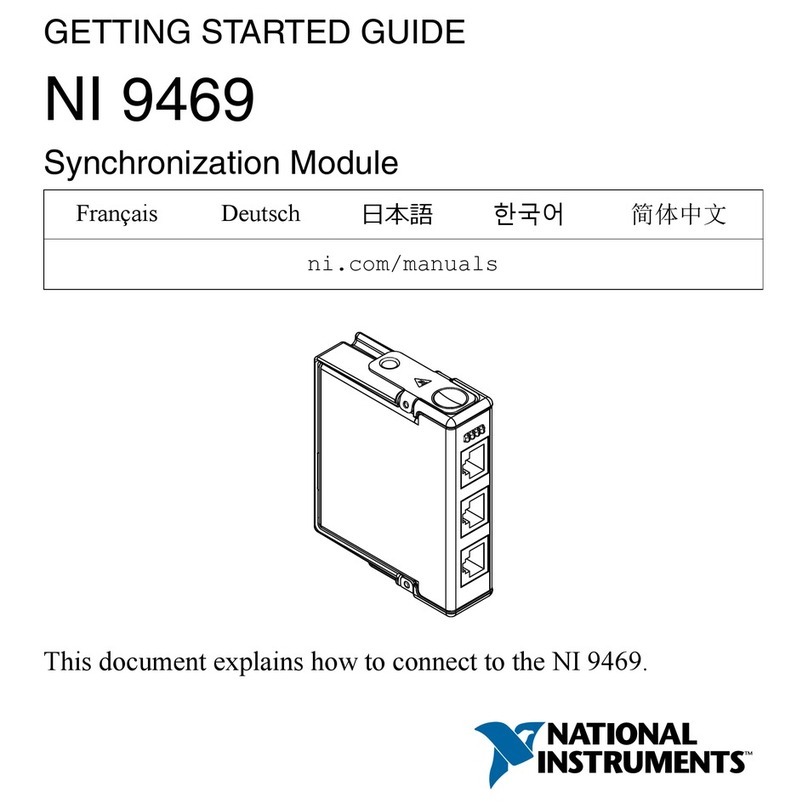
National Instruments
National Instruments NI 9469 User manual
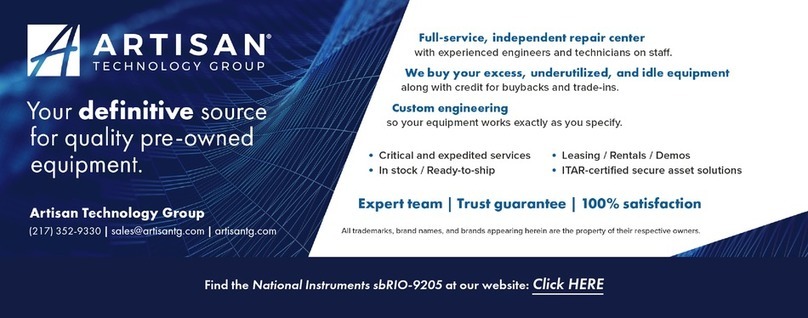
National Instruments
National Instruments sbRIO-9205 User manual
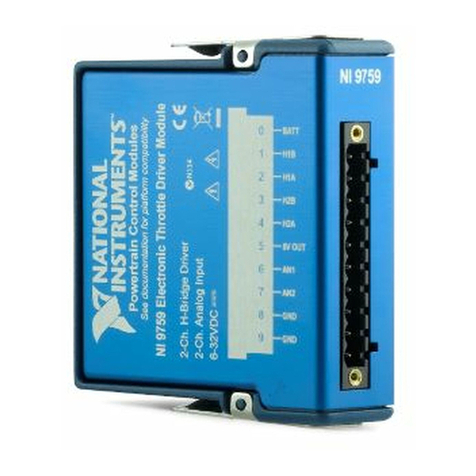
National Instruments
National Instruments 9759 User manual
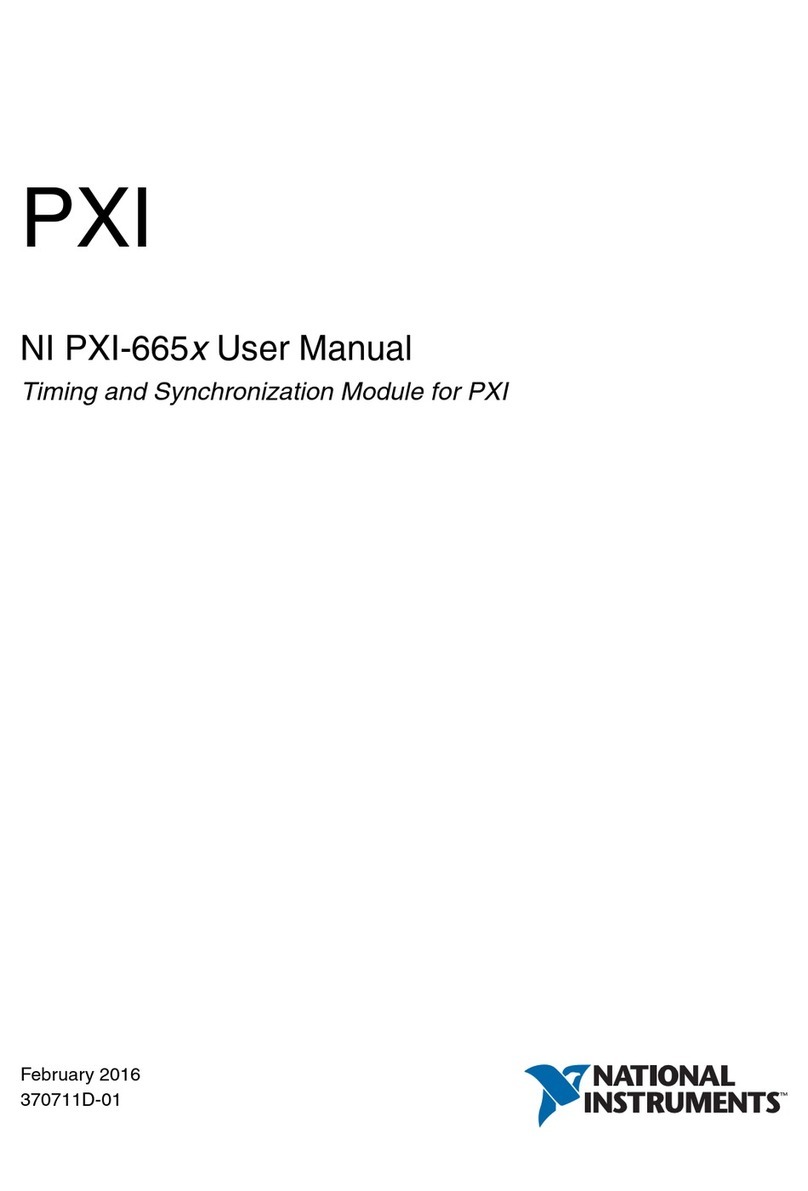
National Instruments
National Instruments NI PXI-665 Series User manual
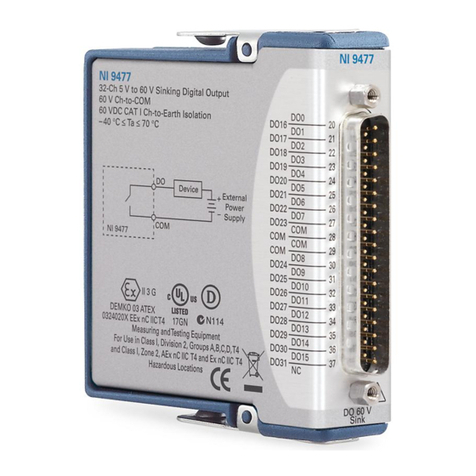
National Instruments
National Instruments NI-9477 User manual
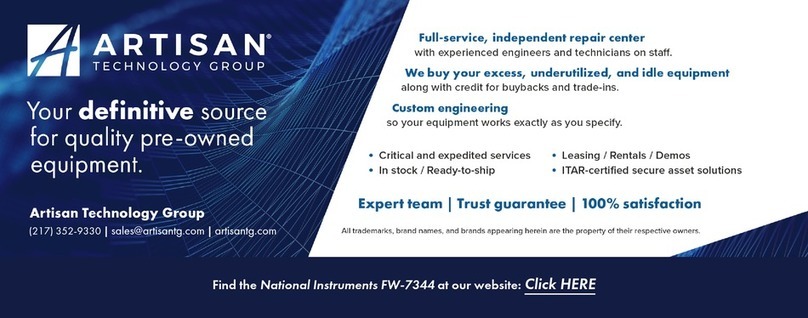
National Instruments
National Instruments 7340 User manual
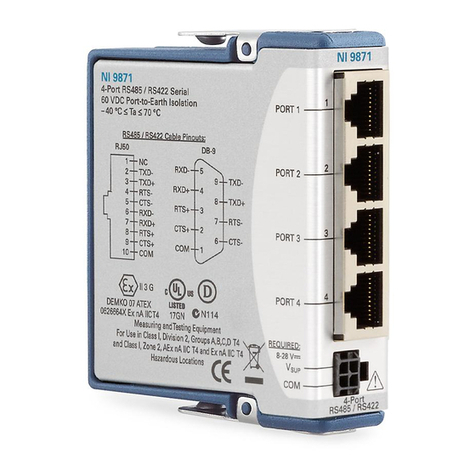
National Instruments
National Instruments NI 9871 User manual
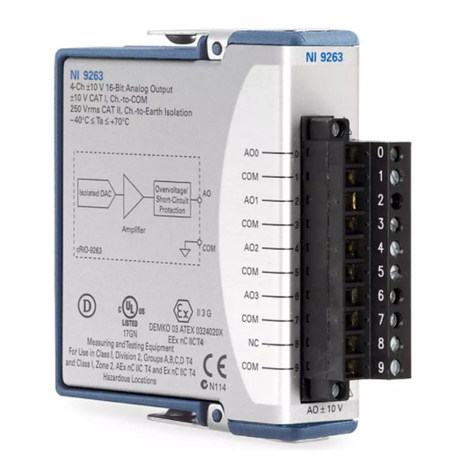
National Instruments
National Instruments NI 9263 Manual

National Instruments
National Instruments VXI-8340 Series User manual
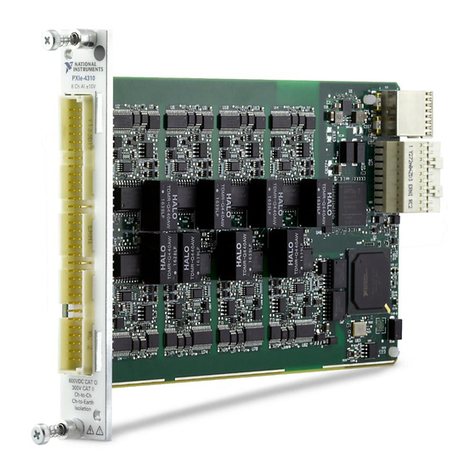
National Instruments
National Instruments PXIe-4310 User manual
Popular Control Unit manuals by other brands

Festo
Festo Compact Performance CP-FB6-E Brief description

Elo TouchSystems
Elo TouchSystems DMS-SA19P-EXTME Quick installation guide

JS Automation
JS Automation MPC3034A user manual

JAUDT
JAUDT SW GII 6406 Series Translation of the original operating instructions

Spektrum
Spektrum Air Module System manual

BOC Edwards
BOC Edwards Q Series instruction manual

KHADAS
KHADAS BT Magic quick start

Etherma
Etherma eNEXHO-IL Assembly and operating instructions

PMFoundations
PMFoundations Attenuverter Assembly guide

GEA
GEA VARIVENT Operating instruction

Walther Systemtechnik
Walther Systemtechnik VMS-05 Assembly instructions

Altronix
Altronix LINQ8PD Installation and programming manual
